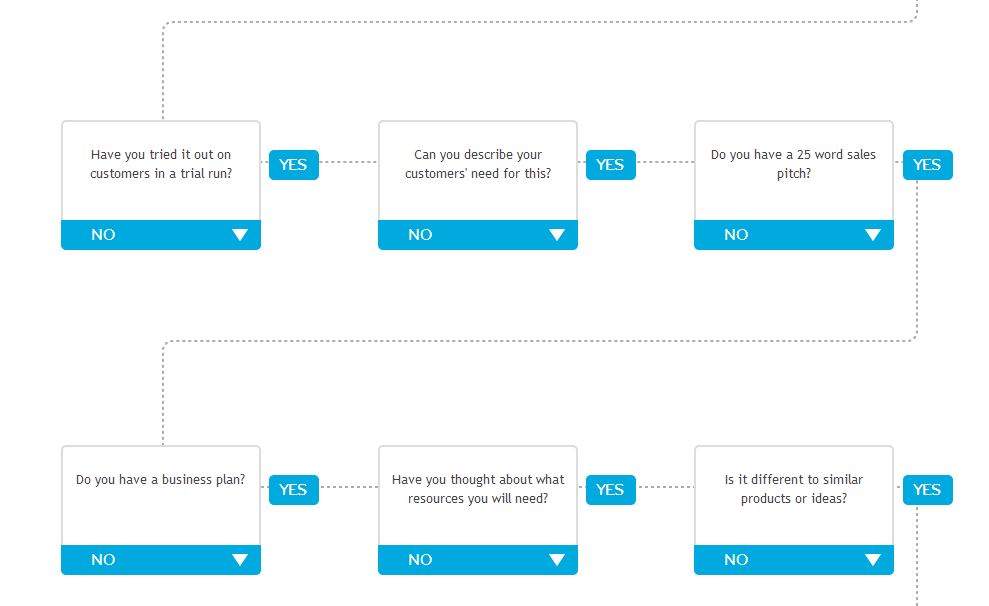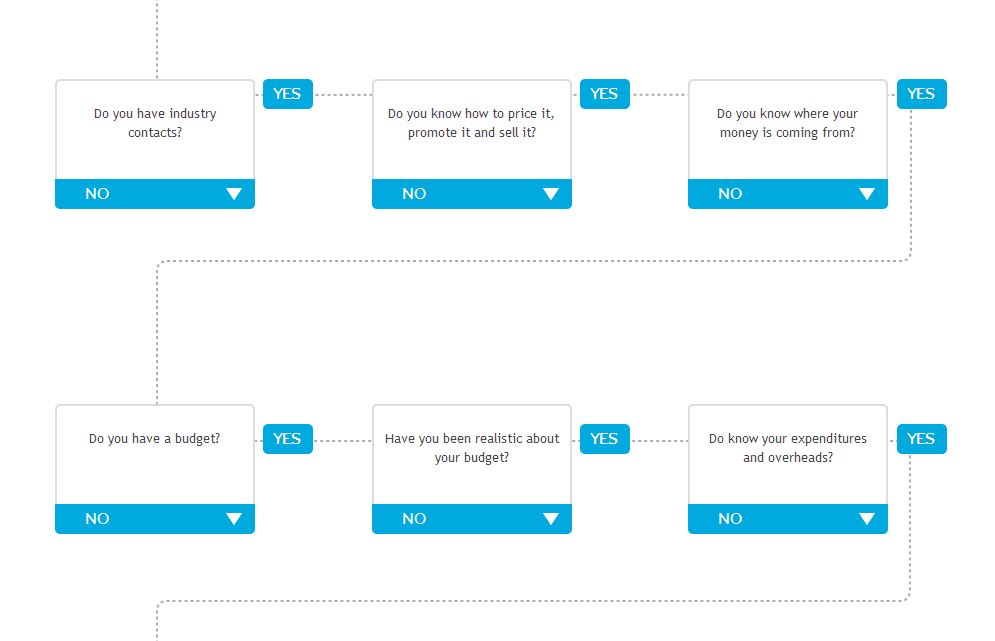I'm supporting this fantastic phenomenon and am always interested in connecting great brands with the next entrepreneurs and female leaders. Let me know if you'd like to partner.
September 3, 2013 | Macky Auditorium, University of Colorado | Boulder, Colorado
Part of the Startup Phenomenon event series
The Event—A Spotlight On Entrepreneurial Women
Women are an integral part of entrepreneurial ecosystems. There are more than 8.6 million women-owned businesses in the United States, generating over $1.3 trillion in revenues and employing nearly 7.8 million people, and robust new networks of women continue to make an indelible impact on economies all over the world.
Women now account for more than half of all graduates from both bachelors’ and PhD programs in the U.S. What sorts of entrepreneurial communities will be best positioned to attract this talent? What does inclusion look like from women’s perspectives? What, to paraphrase Sheryl Sandberg, can we do to make sure women aren’t entering startup environments with lowered expectations? These are the questions we’ll be diving into in September.
Format and Topics—Provocative and Productive
Even a 50-year-old company needs to have a startup mentality to stay viable in today’s climate of constant disruption, and that mentality means questioning everything, all the time. After all, your biggest competitor in five years might not even exist today. So what are the different building blocks of success, and how are they changing? How can women entrepreneurs construct their own startup ecosystems? How are the most productive networks formed? Why do even the most experienced people in business need mentors? And where can they find them? As new funding models emerge, what is the best route to securing financing? We’ll explore all of these questions while building new networks through both our program sessions and our conference-ending party (complete with surprise musical performance).
Attendees—Leaders Onstage and Off
This will be a gathering of entrepreneurs, investors, mentors, creatives, and students committed to enabling and supporting the women-led startups and transforming the next generation of businesses. We’ll have national press on hand, as well, to both contribute to and report on the conversations we have. And, yes, both men and women are welcome to attend. Macky auditorium can accommodate more than 2,000 people.
Confirmed Speakers
Jandel T. Allen-Davis, MD
Vice President, Government and External Affairs, Kaiser Permanente
Ingrid Alongi
Co-Founder and CEO, QuickLeft
Claudia Batten
Serial Entrpreneur; Board Member, ICEHOUSE and Co-Founder, Massive Inc.
Stephanie Carter
Founder, Wallaroo Hats
David Cohen
Founder and CEO, TechStars
Tiffany Dufu
Chief Leadership Officer, Levo League
Brad Feld
Managing Director, Foundry Group and author, Startup Communities
Sara Sutton Fell
Founder and CEO, FlexJobs
Mauria Finley
Co-Founder and CEO, Citrus Lane
Ann Marie Gardner
CEO and Editor-in-Chief, Modern Farmer
Char Genevier
Co-Founder, The Cotery
Co-Founder and CTO, SocialEngine
Rachel Cohen Gerrol
Co-Founder and Curator, Nexus Global Youth Summit
Greg Greenstreet
Vice President of Engineering, GNIP
Rob Hayes
Partner, First Round Capital
Kelly Hoey
Co-Founder and Managing Director, Women Innovate Mobile (WIM)
Fran Maier
Founder and Chair of the Board, TRUSTe; Co-Founder and former GM, Match.com
Meena Mansharamani
Managing Director, Materne
GoGo squeez
Sharon Matusik
Associate Professor, Management and Entrepreneurship
Leeds School of Business, University of Colorado
Joann Miller
Managing partner, Brown Dog Ventures; Managing Partner, Golden Seeds
Jane Miller
CEO, Rudi’s Organic
Margaret Neale
Adams Distinguished Professor of Management
Graduate School of Business, Stanford University
Robyn O'Brien
Founder and Chief Inspiration Officer, Allergy Kids Foundation
Author, The Unhealthy Truth
Amanda Steinberg
Founder and CEO, DailyWorth
Sharon Vosmek
Chief Executive Officer, Astia
Talking Points
Between 1997 and 2013, the number of women-owned firms has grown at 1.5 times the national average.
As of 2013, it is estimated that there are more than 8.6 million women-owned businesses in the United States, generating over $1.3 trillion in revenues and employing nearly 7.8 million people.
Over the past six years, since the depth of the U.S. recession, the only businesses that have provided a net increase in employment are large, publicly traded companies and privately held majority women-owned firms.
Women-owned firms are exceeding overall sector growth in eight of the 13 most populous industries, and in two of those industries (construction and transportation), women business owners are standing toe-to-toe with their competitors in terms of revenue accomplishments.
In 1997, there were 929,445 firms owned by women of color, accounting for one in six (17 percent) women-owned firms. As of 2013, that number stands at an estimated 2,677,700, accounting for nearly one in three (31 percent) women-owned firms.





















